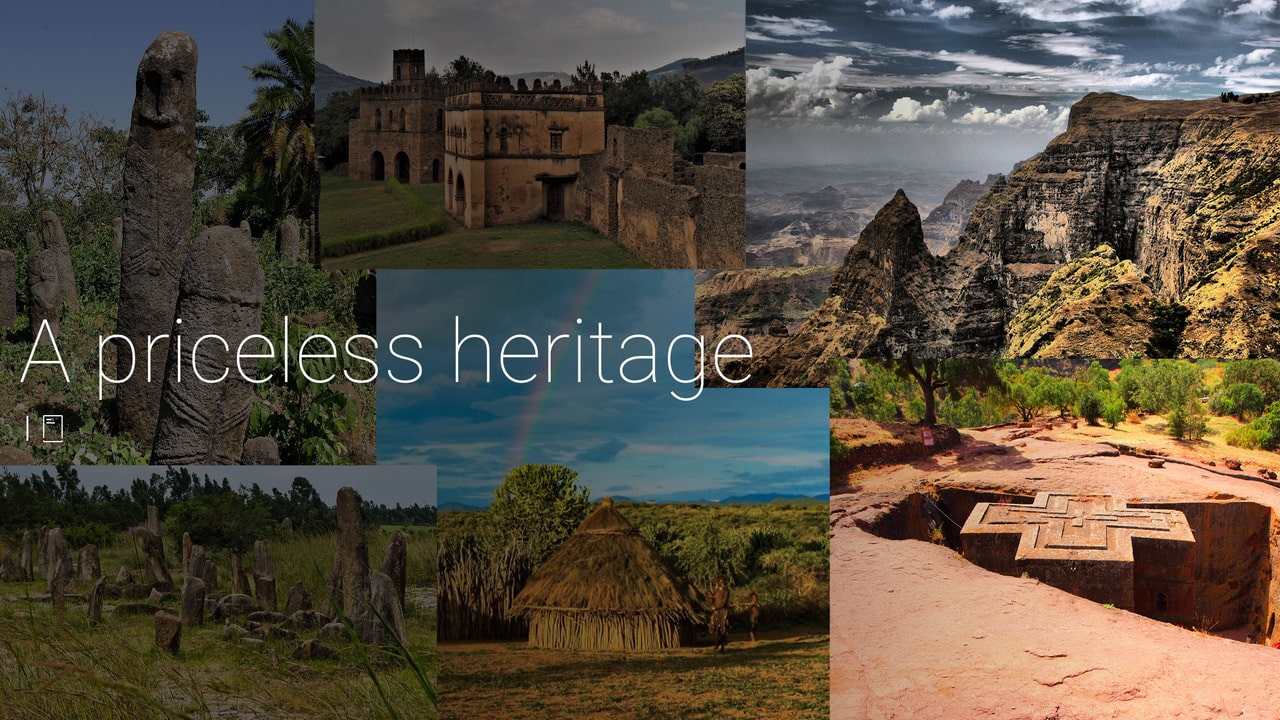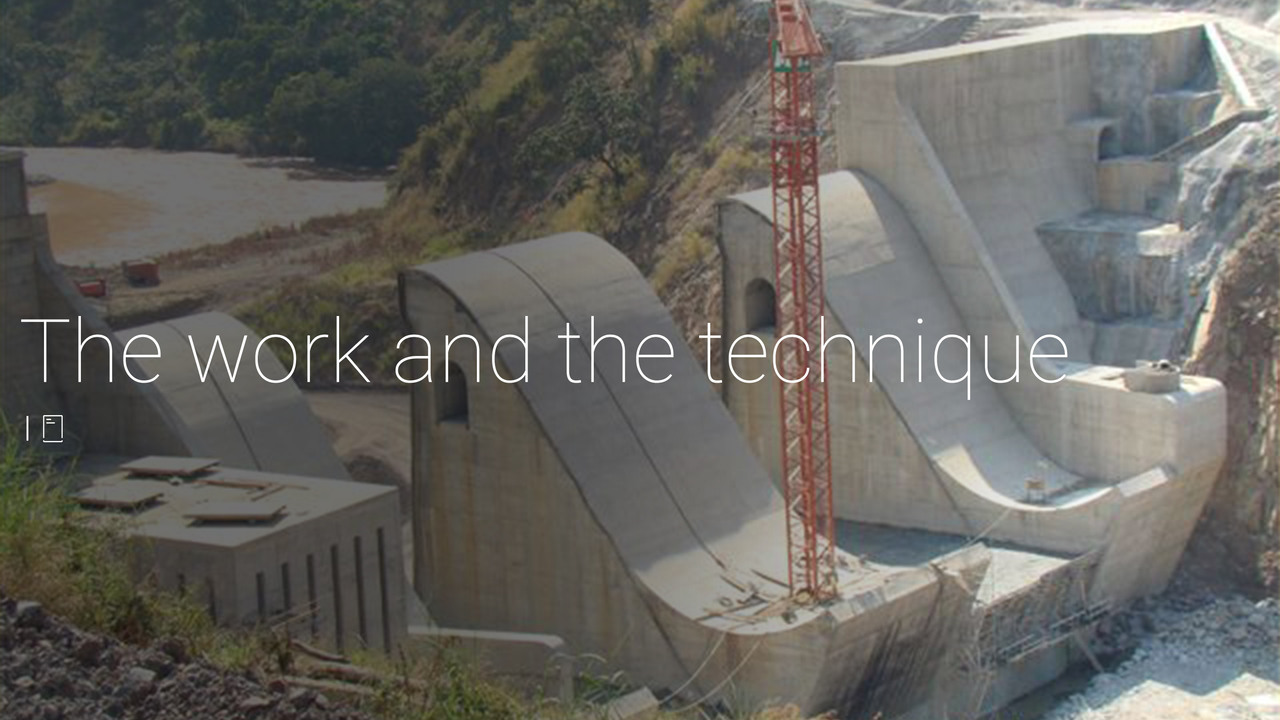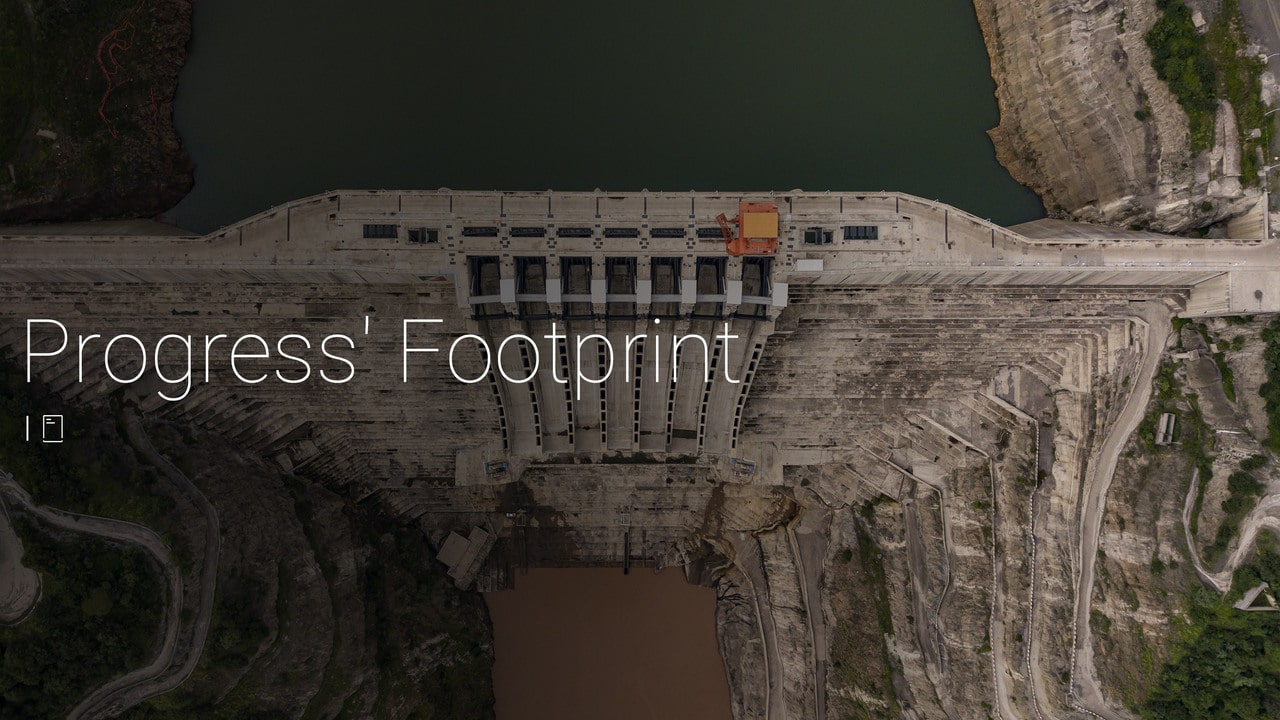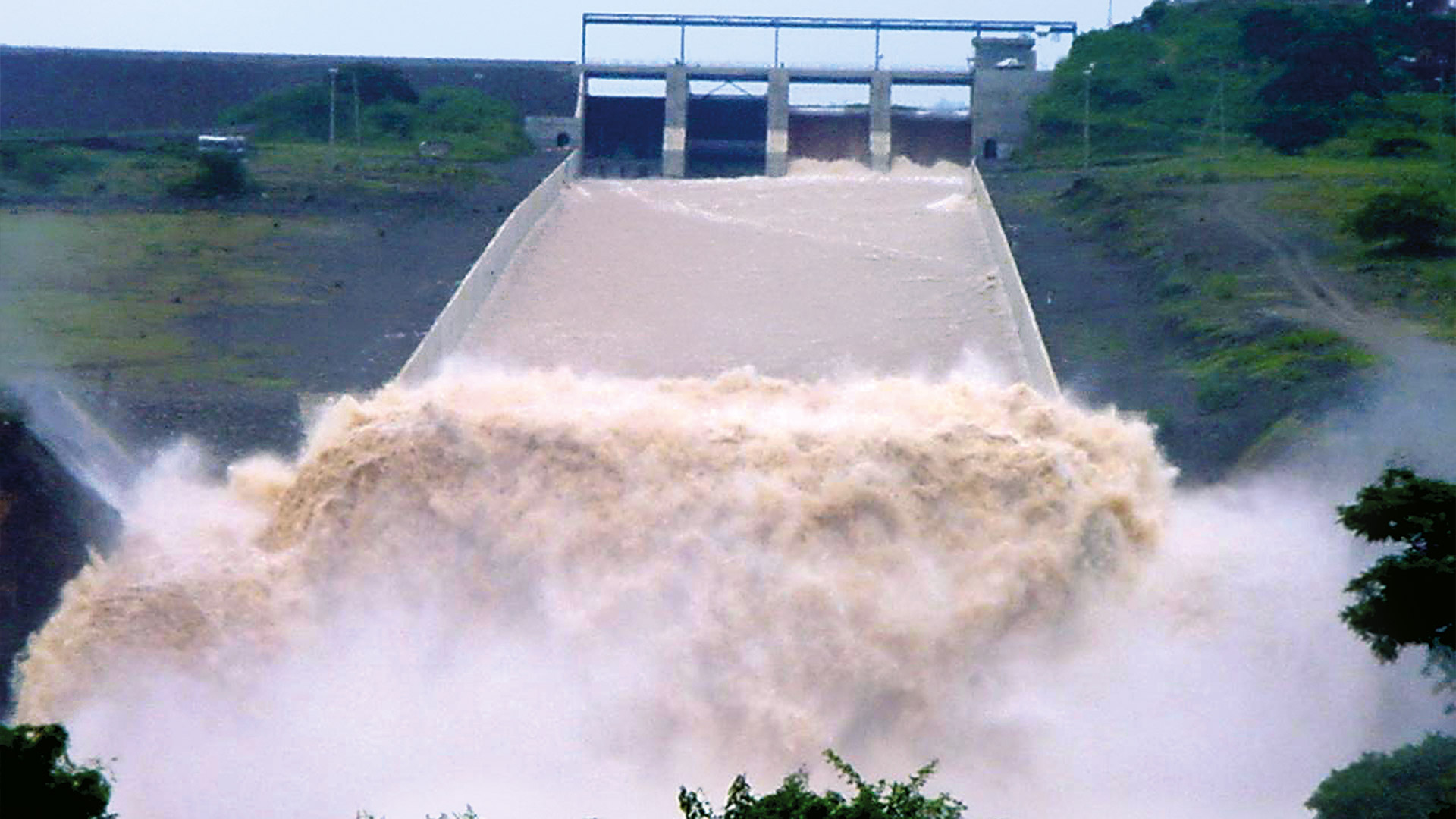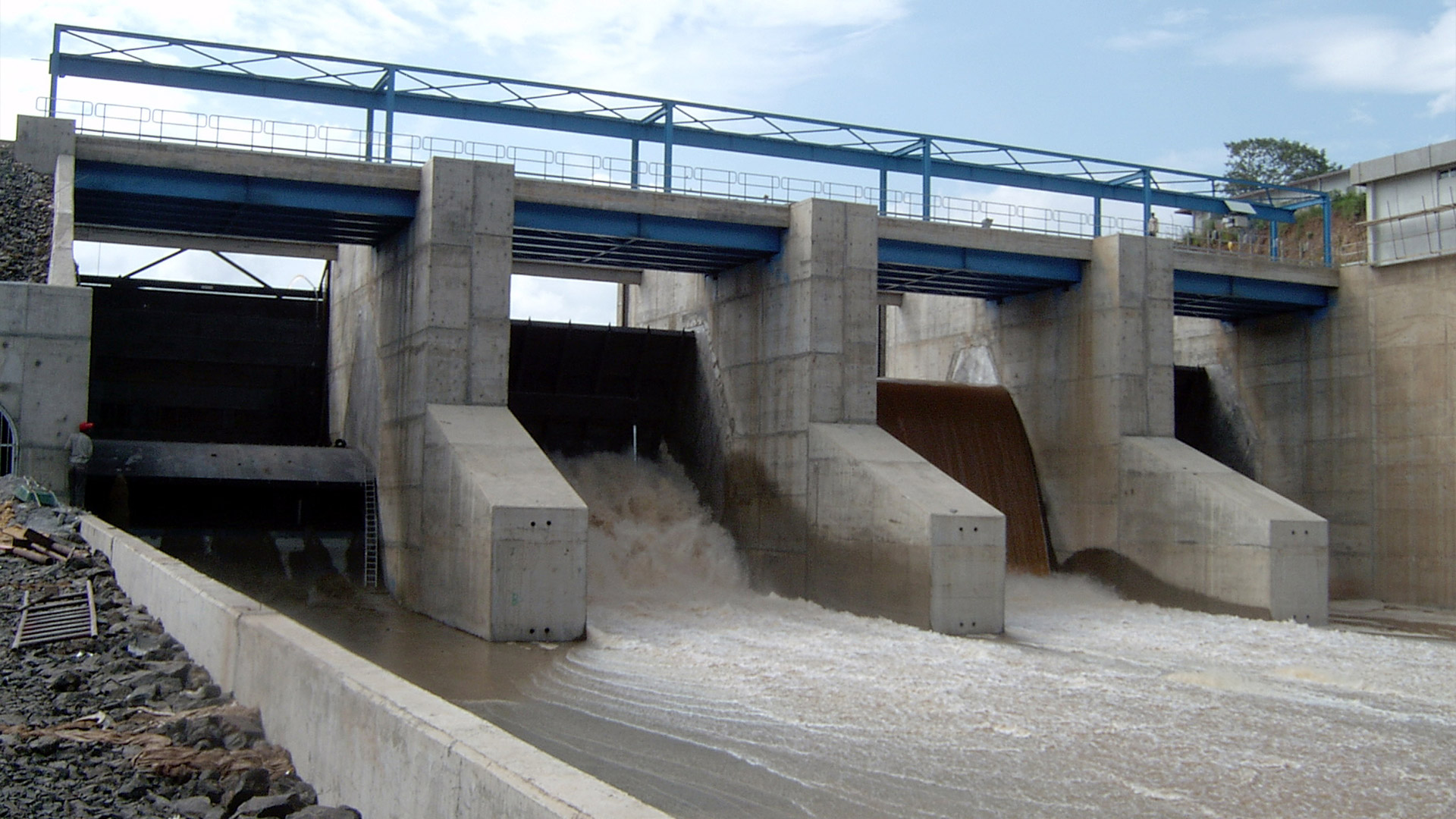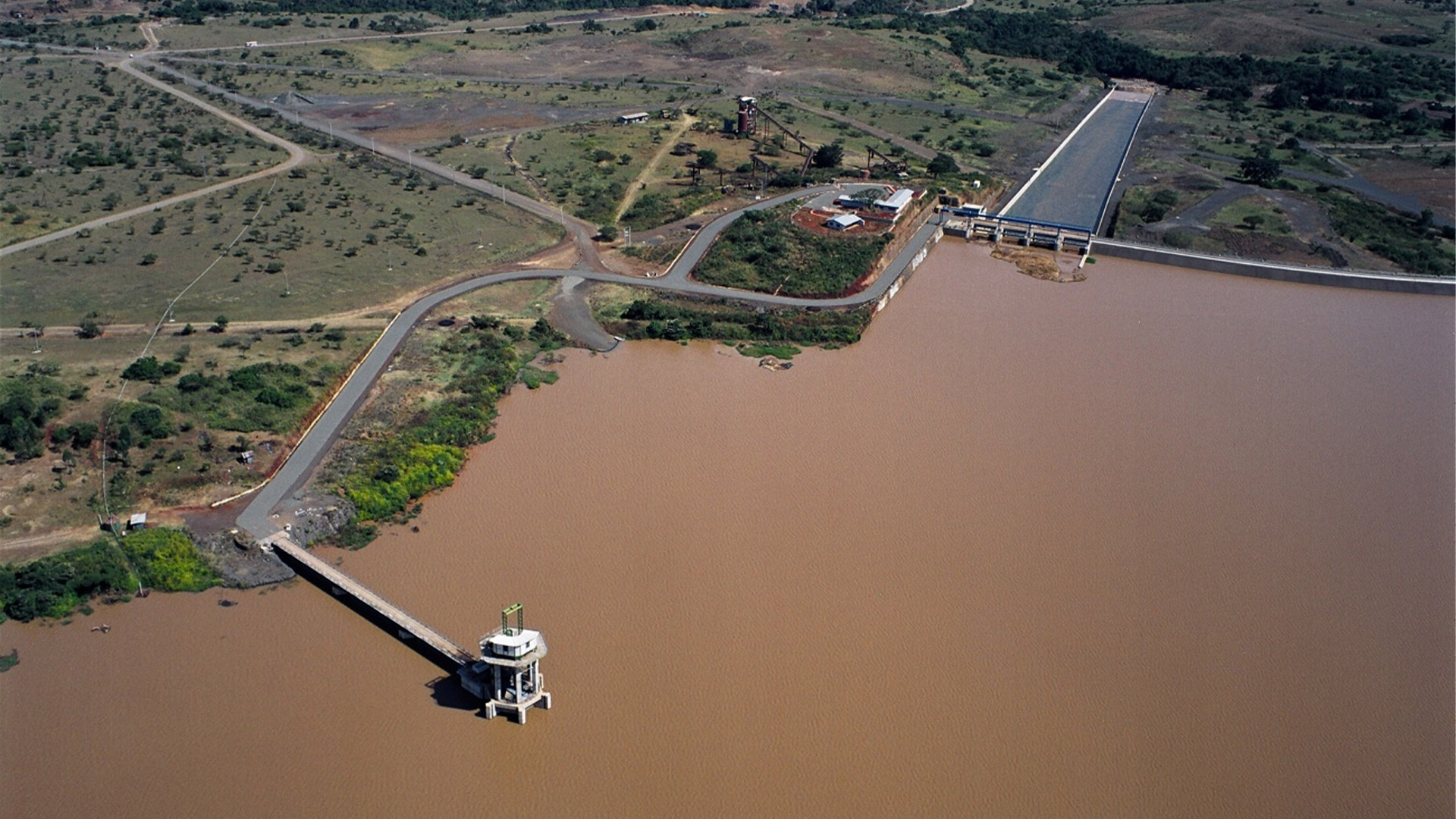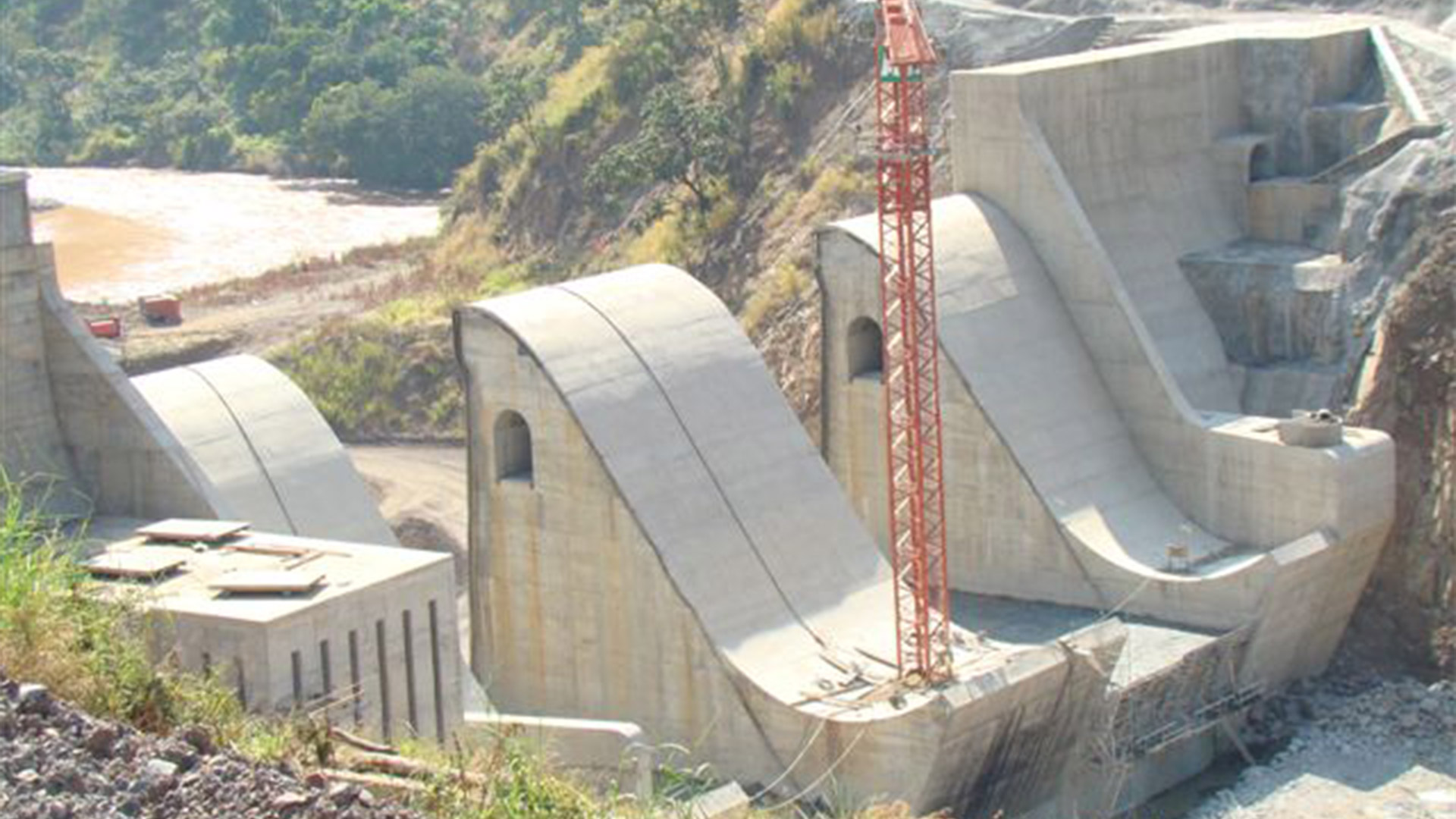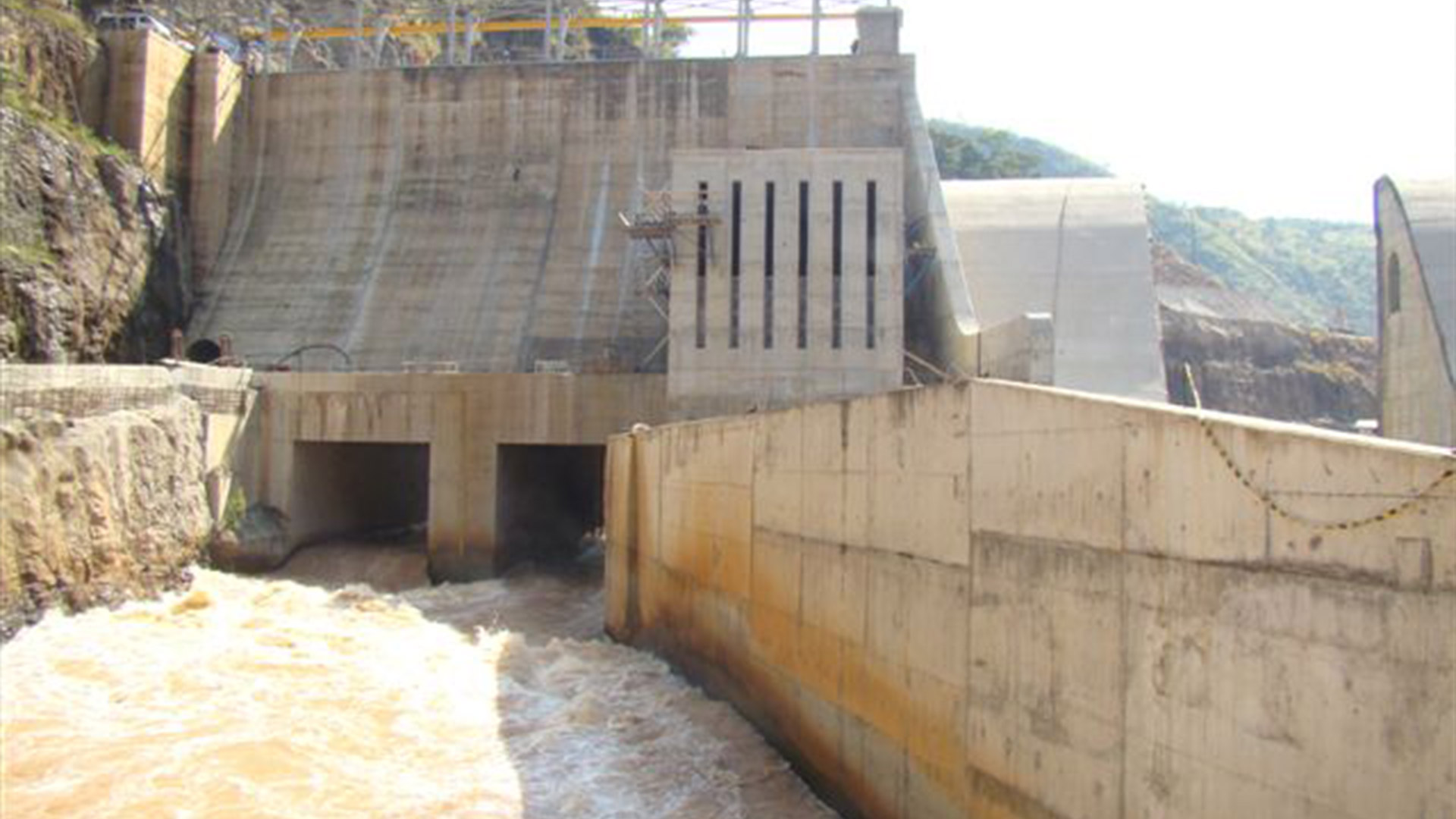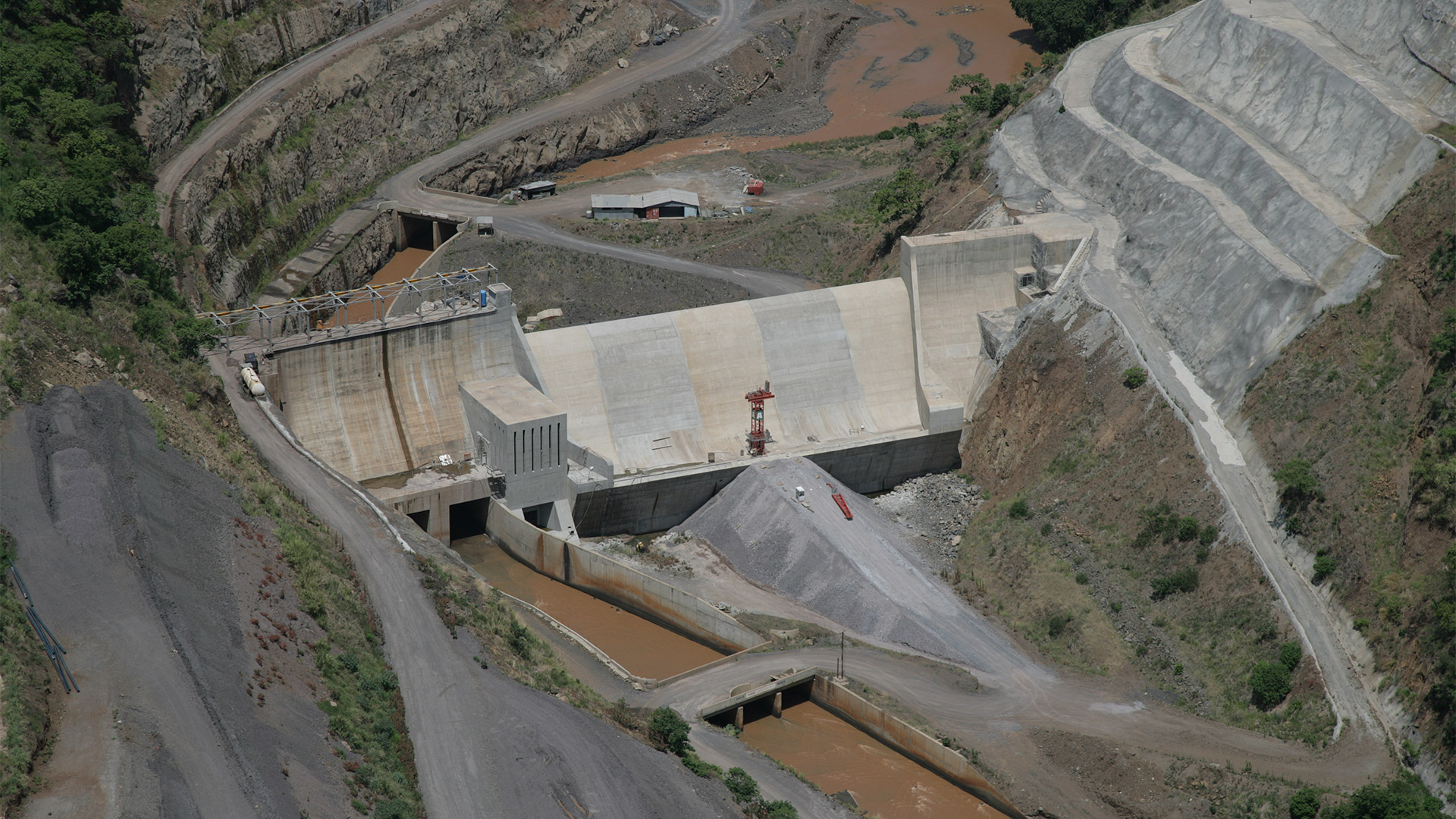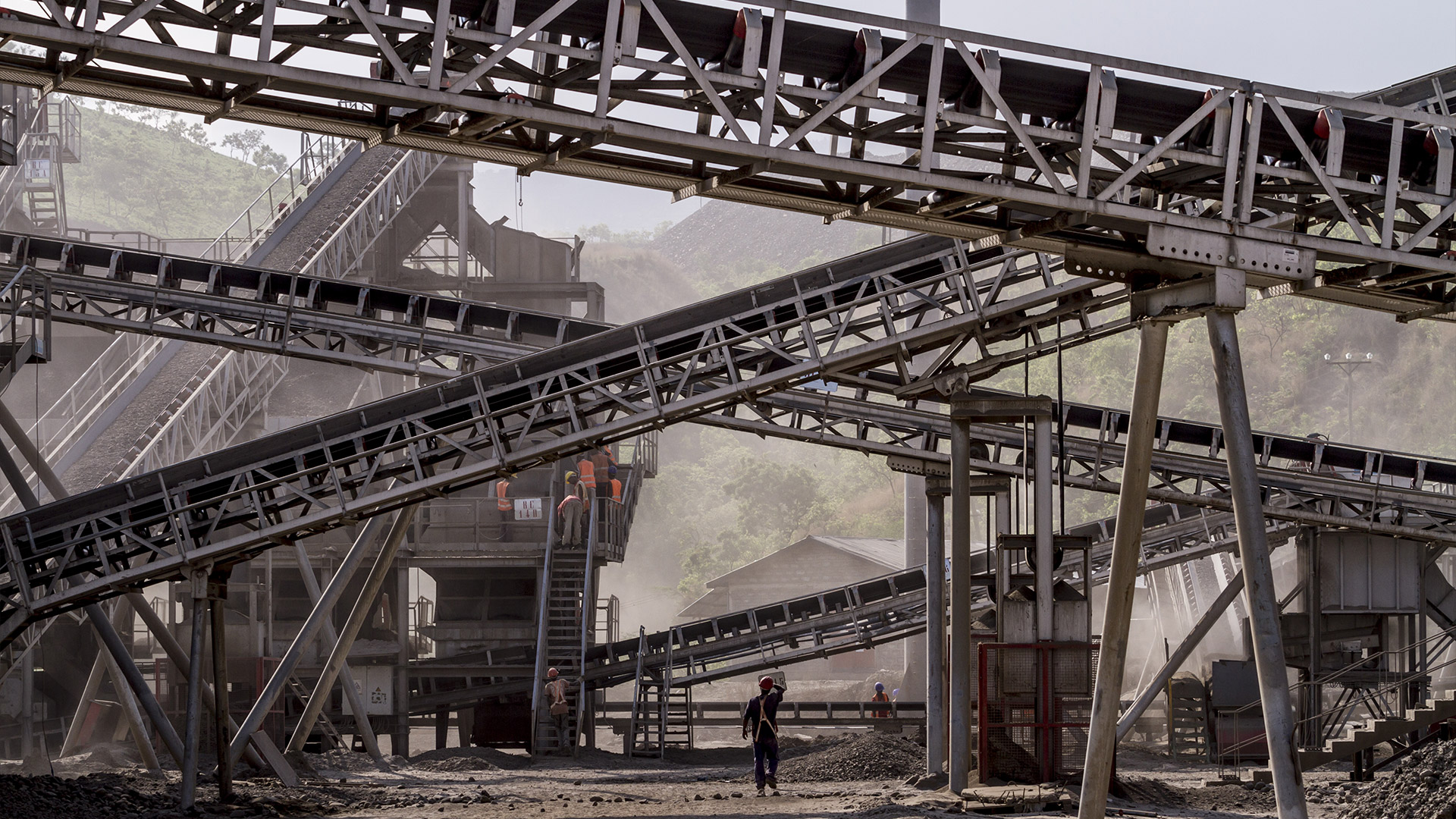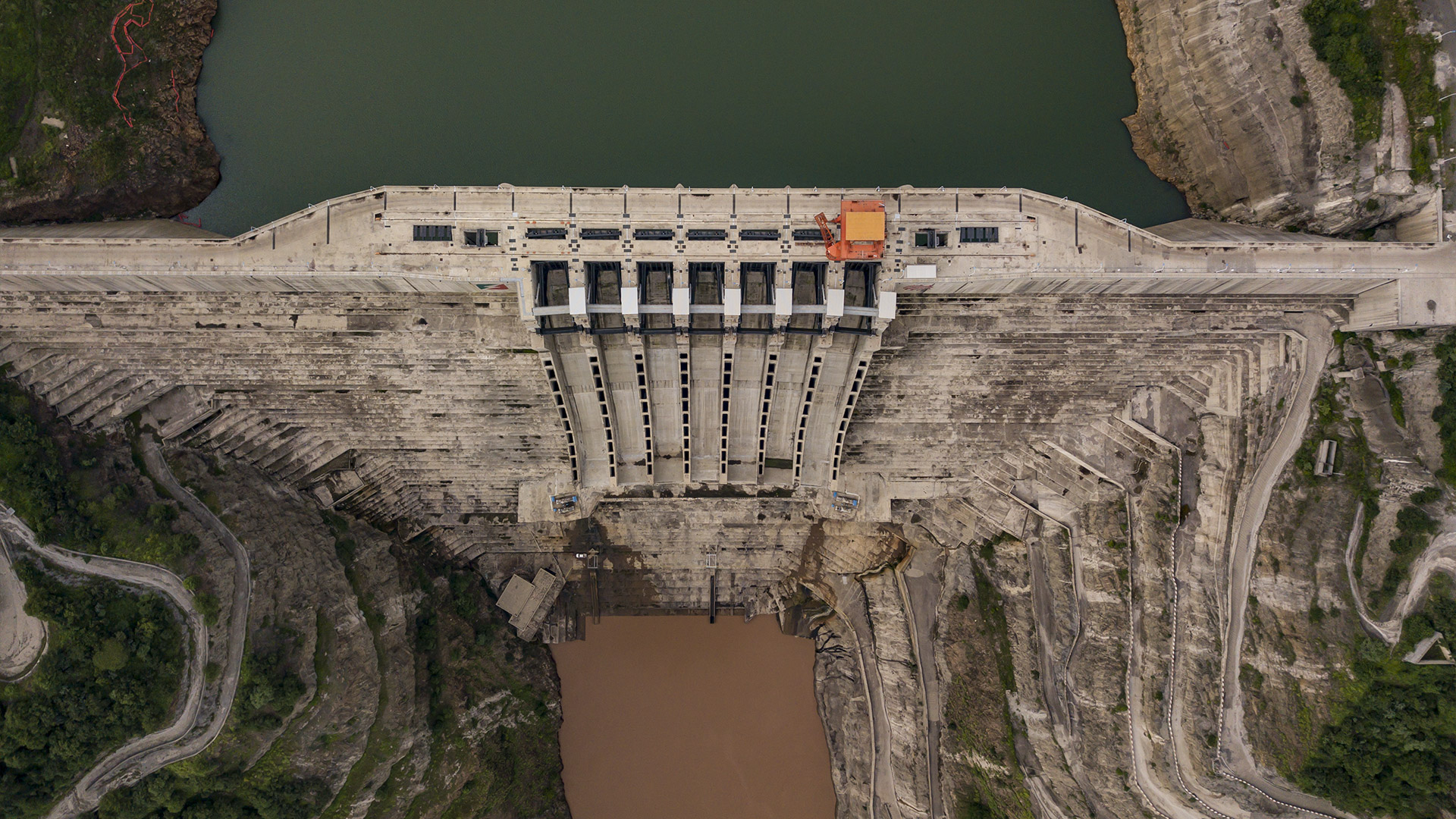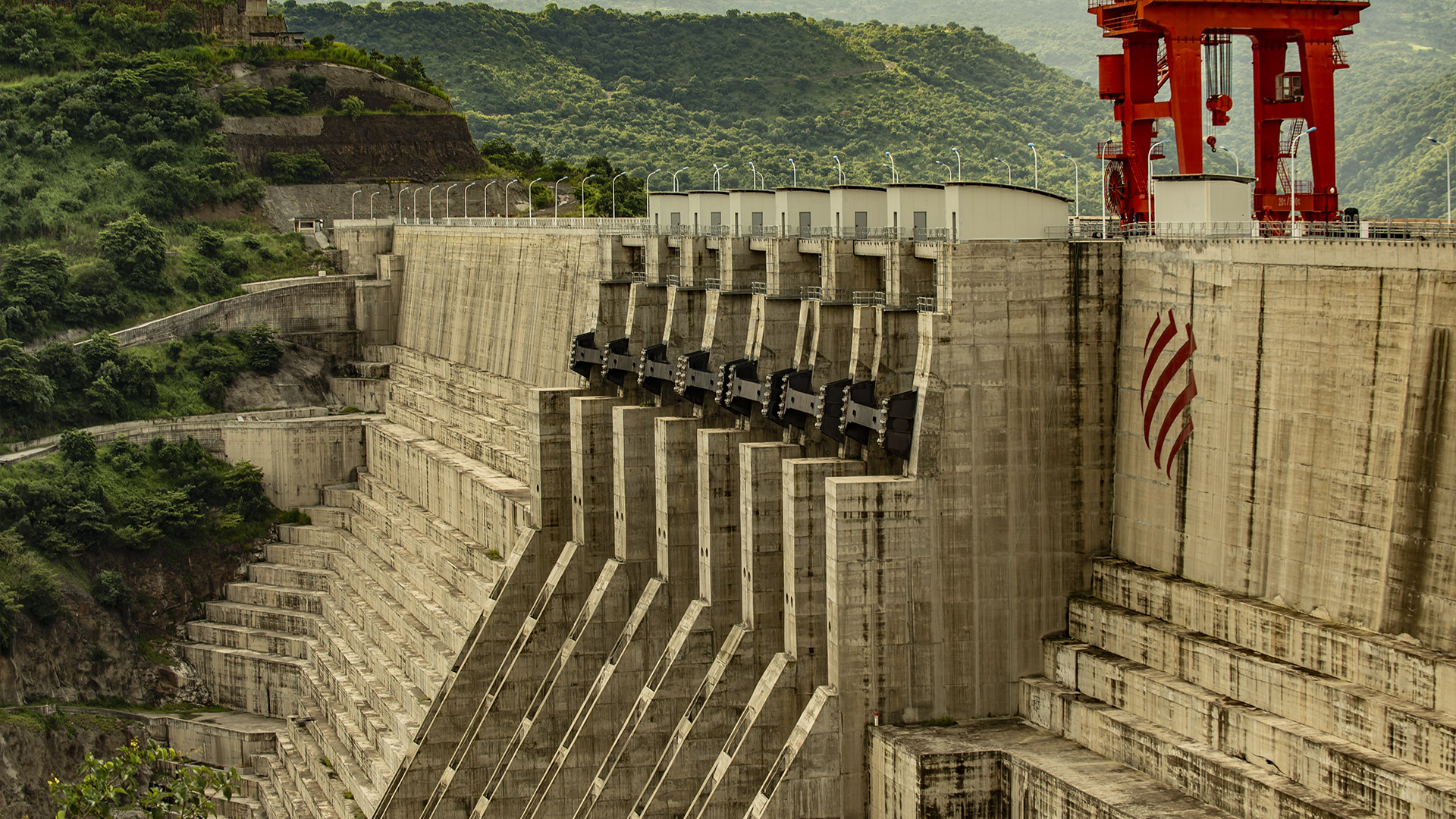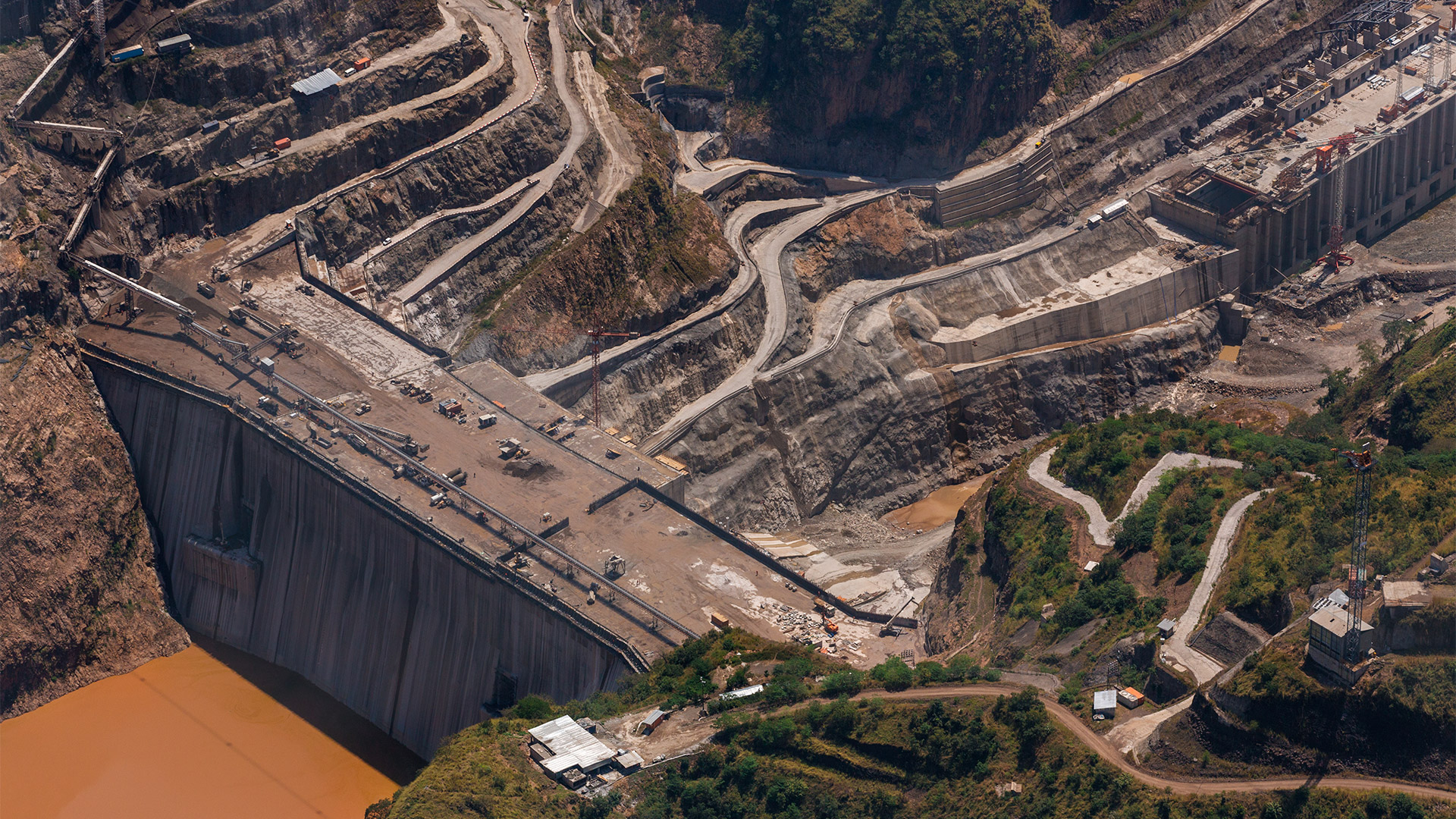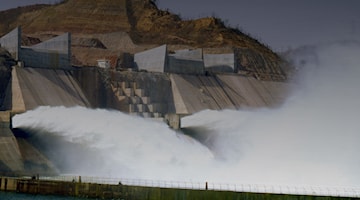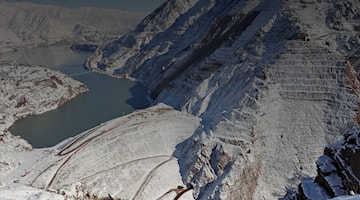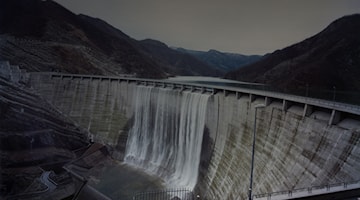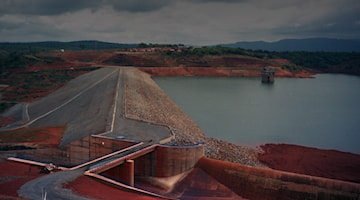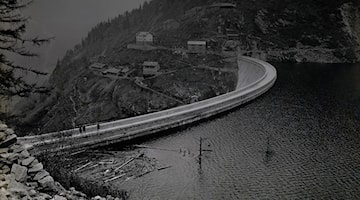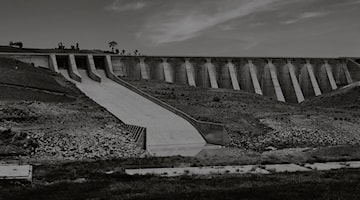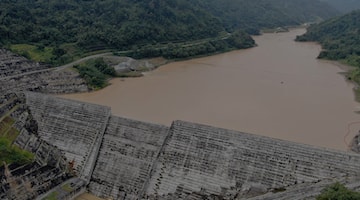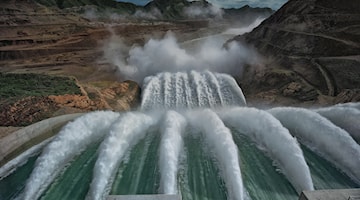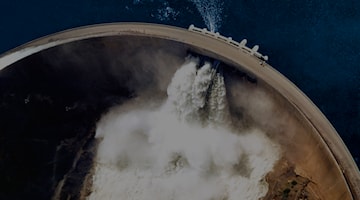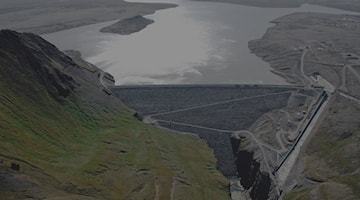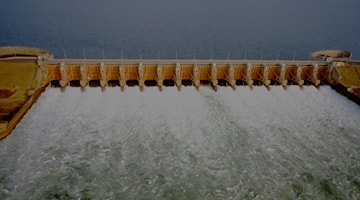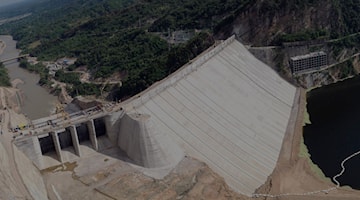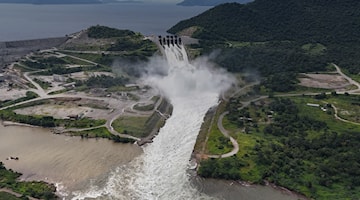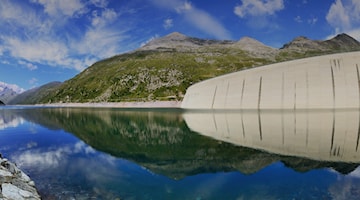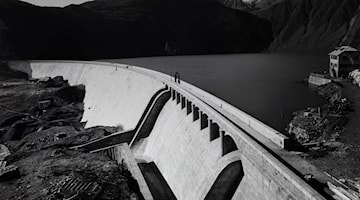Energy for Ethiopia
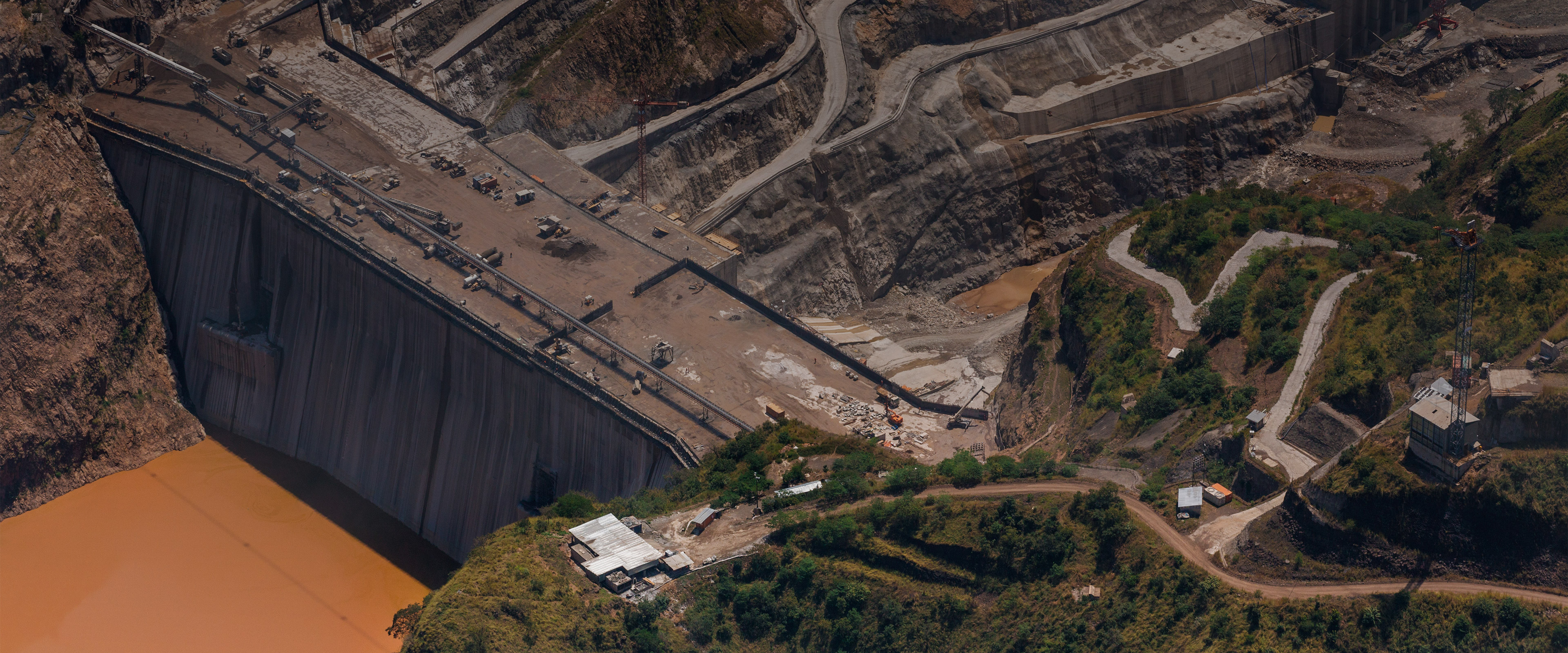
GIBE HYDROELECTRIC PROJECTS (I - II - III), ETHIOPIA
Ethiopia is Africa's most ancient independent country, and the second most populated after Nigeria. It counts 123 million citizens, of which over 90% live in rural area, through agriculture. It is also the 27th world's largest country: 1,112,000 square kilometres, mainly included within the Horn of Africa, the continent's most eastern part: An extended and multi-faceted territory with very tall mountain territories and a plateau region, with tropical forests and savannahs, including, among its many wonders, also 11 Unesco World Heritage sites, among which the fortified city of Gondar, which inspired Middle-earth in Tolkien's "The Lord of the Rings", and the Omo Valley, shaped by a river that extends over 760 km and on whose shores live many tribes.
The Gibe Hydroelectric Projects were designed along the Omo River. This huge, foreseeing and efficient system is composed of three cascade hydroelectric systems that were created to increase Ethiopia's hydroelectric potential and safeguard the nation from floods. The first plant is the Gibe I that was built between 1999-2004. It includes a rock-fill dam with a capacity of 839 milion cubic metres equipped with a 210 MW powerhouse in a cavern. The Gibe II was completed between 2005-10. It has a 50-metre-high reservoir and a crest of 140 metres; it connects the Gilgel Gibe and Omo Valleys with a power tunnel measuring 26 km and a penstock of 1,200 metres with a gross head of 505 metres. Thanks to its 4x420 MW turbines it can create a yearly output of 1,650 GWh, allowing national power to increase by 80%. Since it was put to work, 1 million new users accessed electricity, taking the population served by this type of energy to 20% of the total.
In 2006, once Gibe II was completed, works to build Gibe III, the most ambitious feat, started. Located 450 metres south-west from the capital, with its 246 metres, it is the tallest RCC dam in the world. With a capacity of 6,500 GWh, it allows Ethiopia's national power to be increased by 80%. Even if hydroelectric energy represents Ethiopia's future, it is not the nation gains greater strength from Nature. In fact, the coffee plant was discovered at these latitudes, and according to what has been passed down, Ethiopian warriors were the first people to take advantage of the energizing effect of these beans.
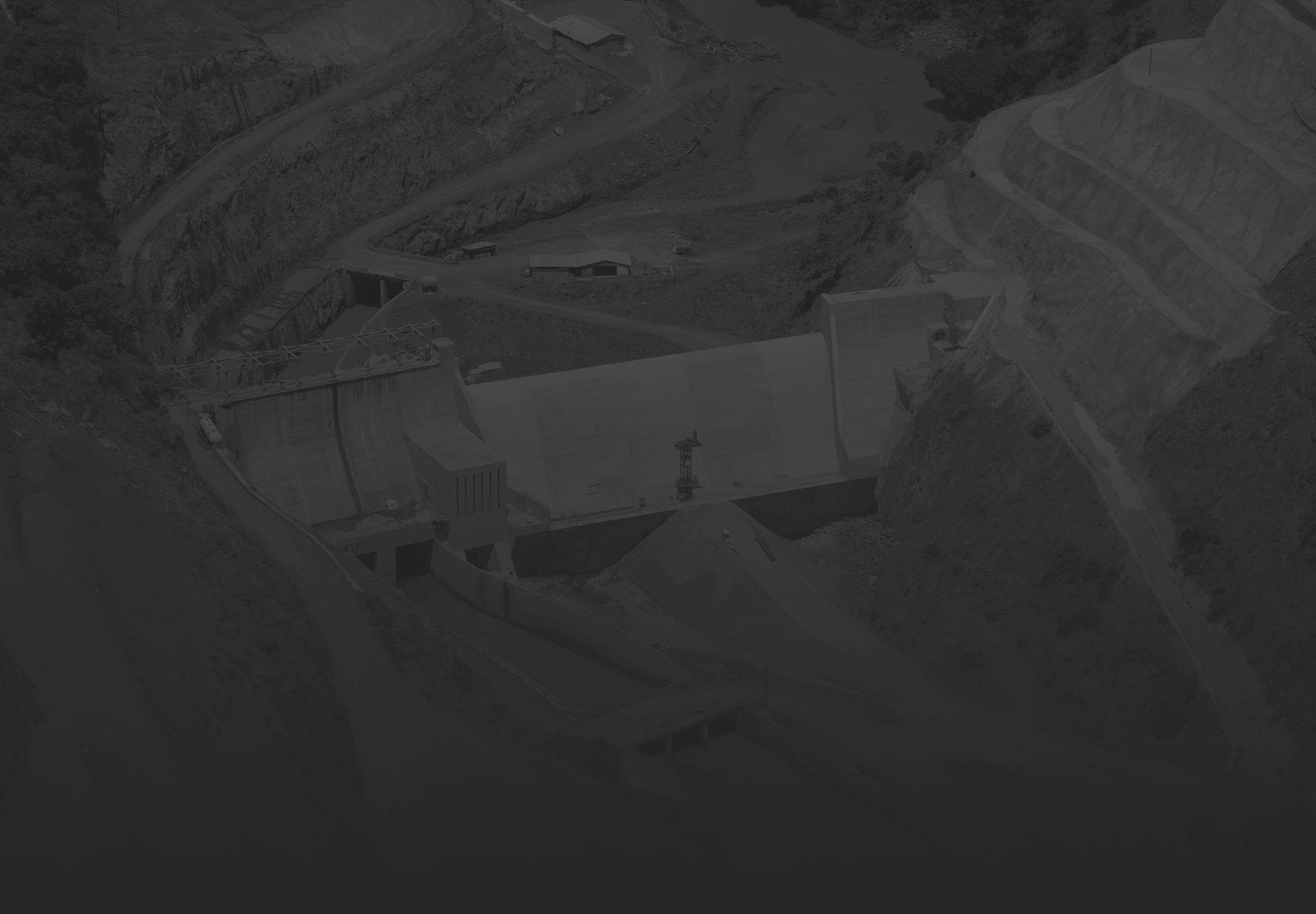
THE WORK AND THE TECHNIQUE
GIBE I
M HEIGHT
MW INSTALLED CAPACITY
GIBE II
M HEIGHT
M CREST LENGTH
MW INSTALLED POWEB
GIBE III
M HEIGHT
M CREST LENGTH
M3 TOTAL EXCAVATIONS
KM LENGTH OF THE RESERVOIR UPSTREAM FROM THE DAM
M3 RESERVOIR VOLUME
MW INSTALLED POWER
Ethiopian Electric Power Corporation
Salini Costruttori, the Webuild Group
The Gibe Hydroelectric Projects were carried out by Salini Costruttori, now part of the Webuild Group: An integrated complex project to build three distinct hydro plants.
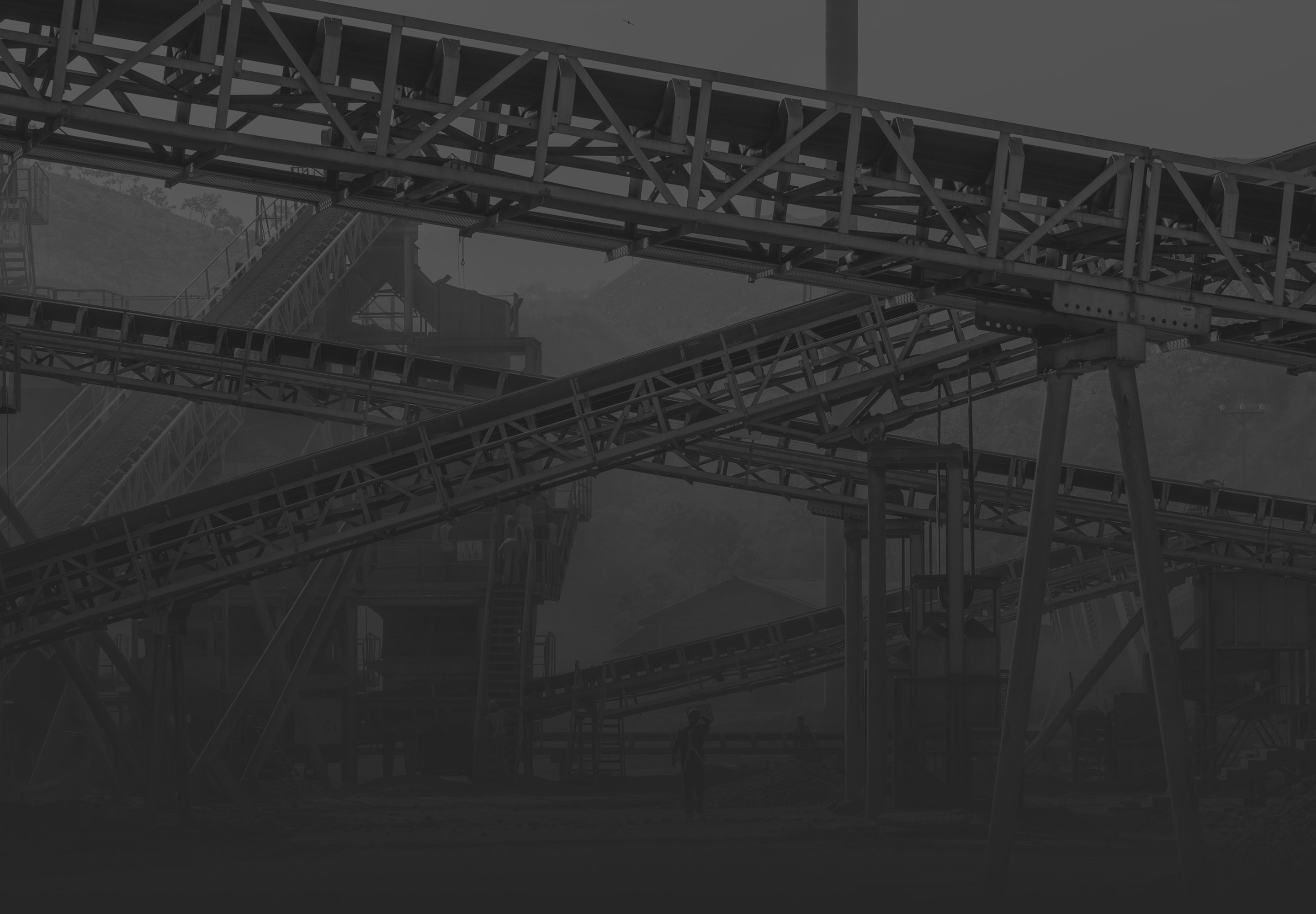
CULTURAL INSIGHTS
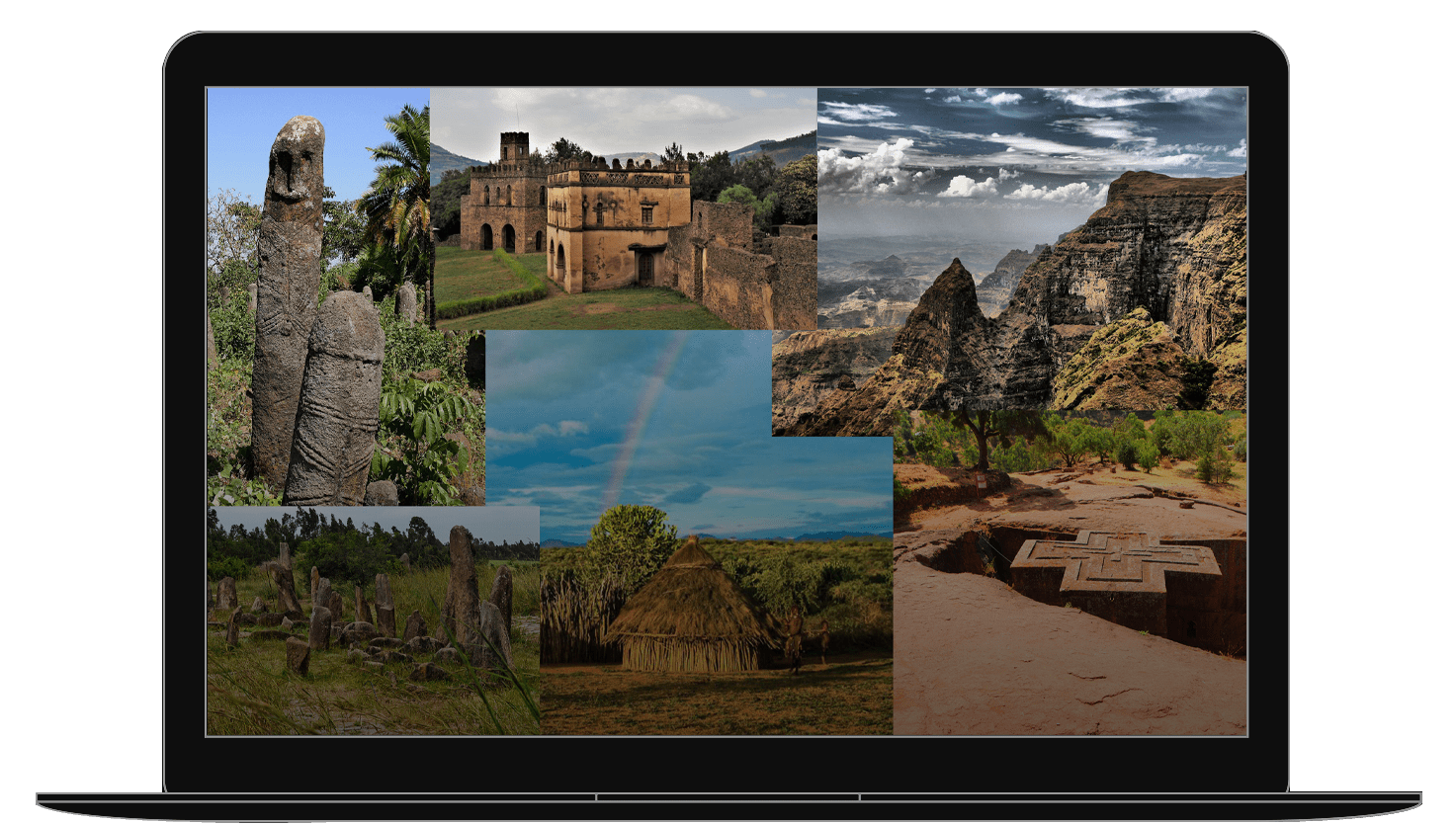
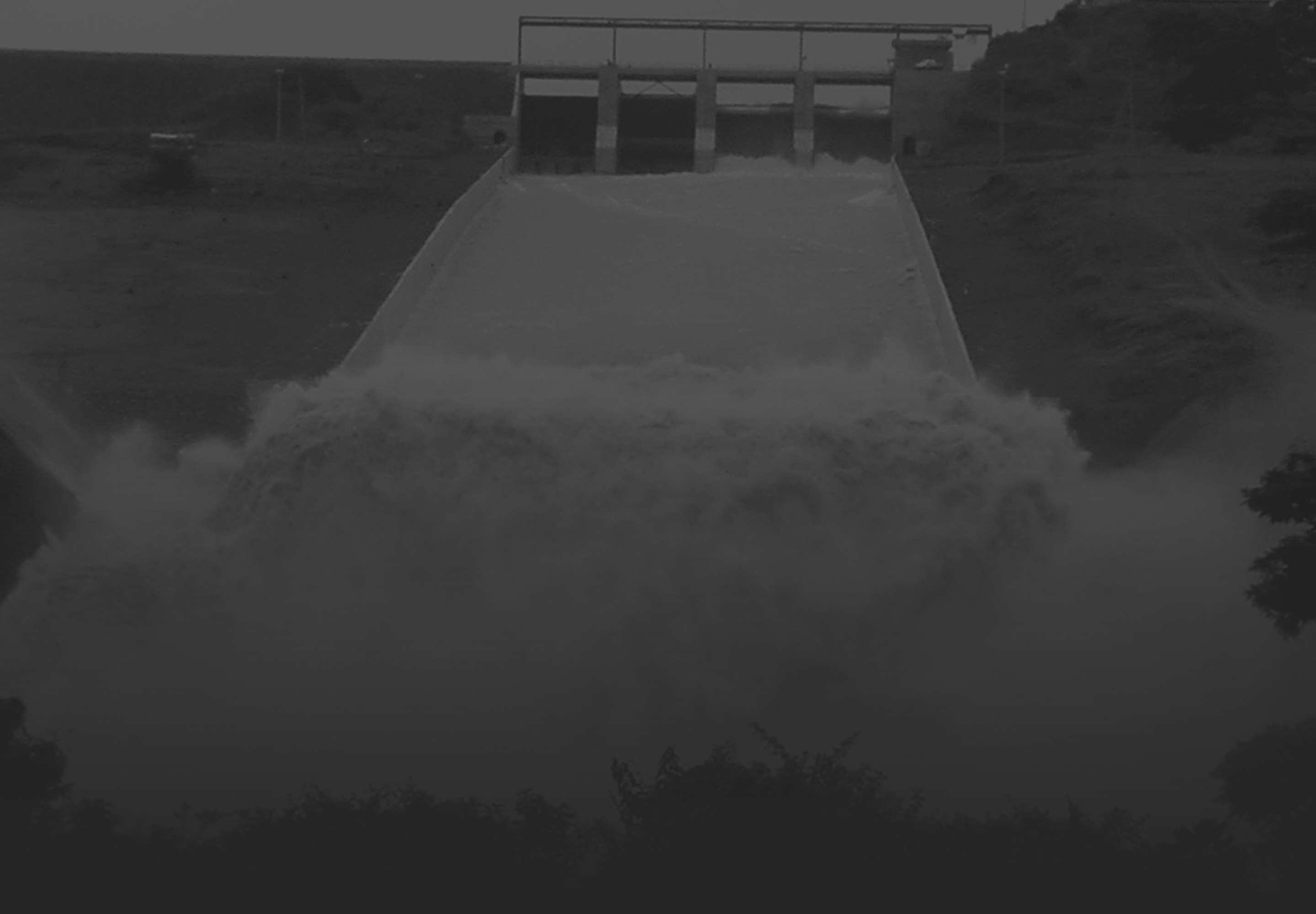
Progress' Footprint
The Gibe Hydroelectric Projects significantly contributes to satisfying Ethiopia's water requirements, a country that being located within the Horn of Africa region ranks as the second country with the lowest access to water—only 51.5% of the population—after South Sudan has the least access to water (only 52% of the population)
With the Gibe I, II and III plants, the numerous public works built in the last years, contributed not just to improving the quality of life (with an increase of 1.55% between 2010 and 2022), but also at creating numerous jobs when the rate of unemployed young people in Ethiopia was at 19%. These infrastructural investments have also produced a high national economic growth rate, which between 2022-20223 was at an annual 6.5%, while the poverty rate decreased from 44% (2000) to 27% (2023).





